What Aperture To Use For Large Group Photos
Hello! If you’re here reading this tutorial which is aimed at beginners, then our Enthusiast Photography Course might be just what you’re looking for. This course has taught thousands of women to shoot confidently in manual mode to take photos they love (in just 8 weeks!). If that sounds like something you’d be interested in, click here to find out more!
What Aperture To Use For Large Groups
Knowing what aperture to use to create a beautiful background blur is one of the easiest ways to improve our portraits. It’s a great effect because it creates a clutter free background, which is essential in making sure our subjects pop!
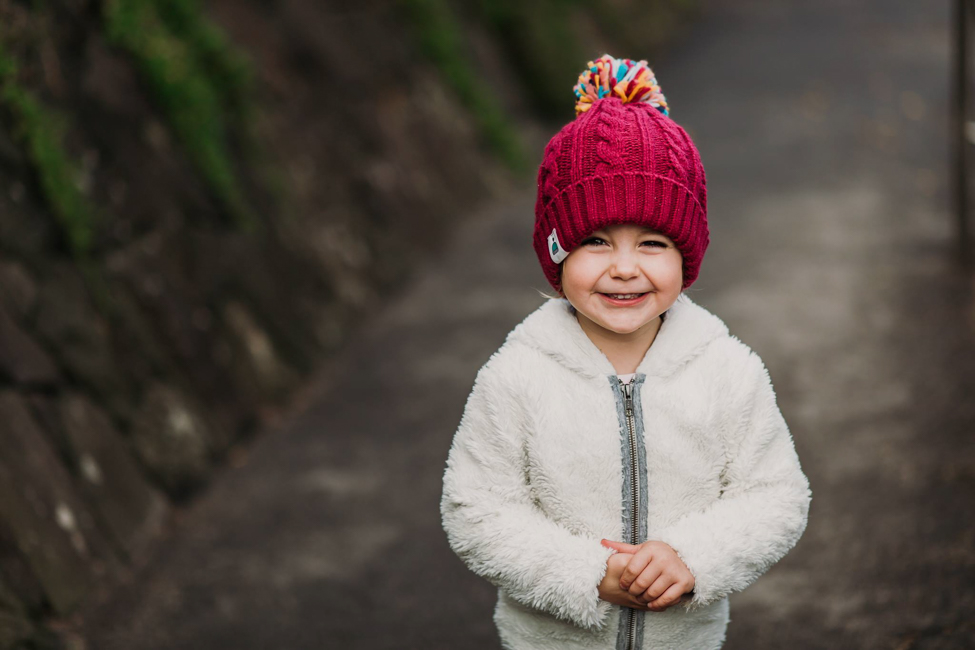
Merissa Wakefield, CLG Instructor
You need to be shooting in manual mode to get those blurry backgrounds on purpose! So if you’re not, familiarise yourself with the exposure triangle and jump in!
Related: Getting out of Auto
But if you are shooting in manual mode, then you’ll know you need a wide open aperture to get those blurry backgrounds. And this is where people run into difficulty, when it comes to selecting the right camera settings and choosing the best lens for group photos.
In order to get everyone in a focus point, we need to use a narrow aperture, but then we lose our blurry backgrounds!
“When would you use a 1.4 aperture?”, “How do I know what aperture to use?”, or “When would you use low aperture?” are some of the questions I receive most often.
To help you get all the answers, in today’s post we’ll have a closer look at what aperture is, so that you can confidently decide which one to use next time you’re photographing a large group of people or shooting landscape photography.

Sarah Croker – Click Love Grow Graduate
What Does The Aperture Do?
Aperture is one of the three elements that controls exposure in your camera, while also affecting your depth of field. It refers to the physical opening of your lens, and is measured in f stop (eg. f/1.8, f/3.5, f/11, f/2.8 etc).
Related: What is The Exposure Triangle
What Is Depth of Field?
Depth of field is the area of focus in front of and behind the point where you focused (that would be your subject!).
How much depth of field you have is controlled by your aperture setting. Remember aperture range is measured in f stops:
Wide Aperture = low f stop number (eg. f/2.8) = shallow depth of field (ie. small area of focus in front of and behind your subject)
We use wider aperture for blurry backgrounds, such as an image of a flower or person and then everything behind it is out of focus.
Narrow aperture = high aperture of f stop number (eg. f/16) = deep depth of field (ie. larger aperture area of focus in front of and behind your subject)
Unlike a large aperture, a narrow aperture of the lens is used when we take a photo where we want to get everything from front to back to be in sharp focus, such as a landscape image.
The size of aperture can range from small aperture to maximum aperture with many variations in between as we open up and shut down our lenses… see our very technical diagram!
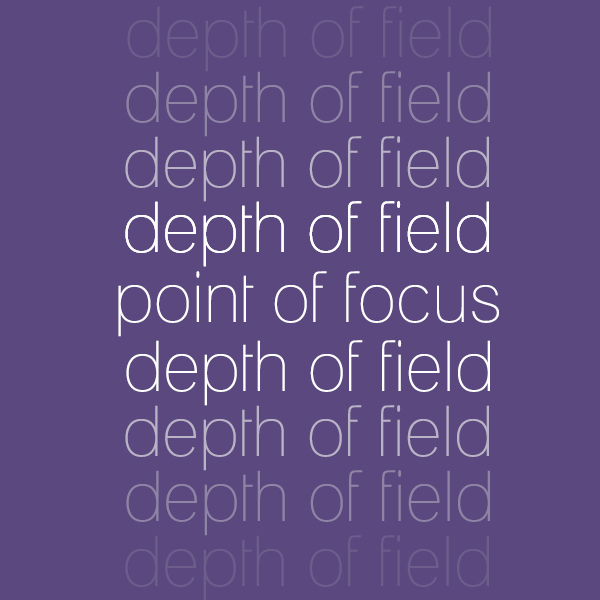
You can see in our beads example below… at f/2 (known as a wide aperture) we have only one bead in focus.
When we increase the f stop to f/8 (also known as stopping down or closing down the aperture) we have more beads in focus behind the bead that we focused on.
Now let’s imagine our beds are the heads of an extended family grouped together! We want to ensure all our people in a group will be clear and in focus.
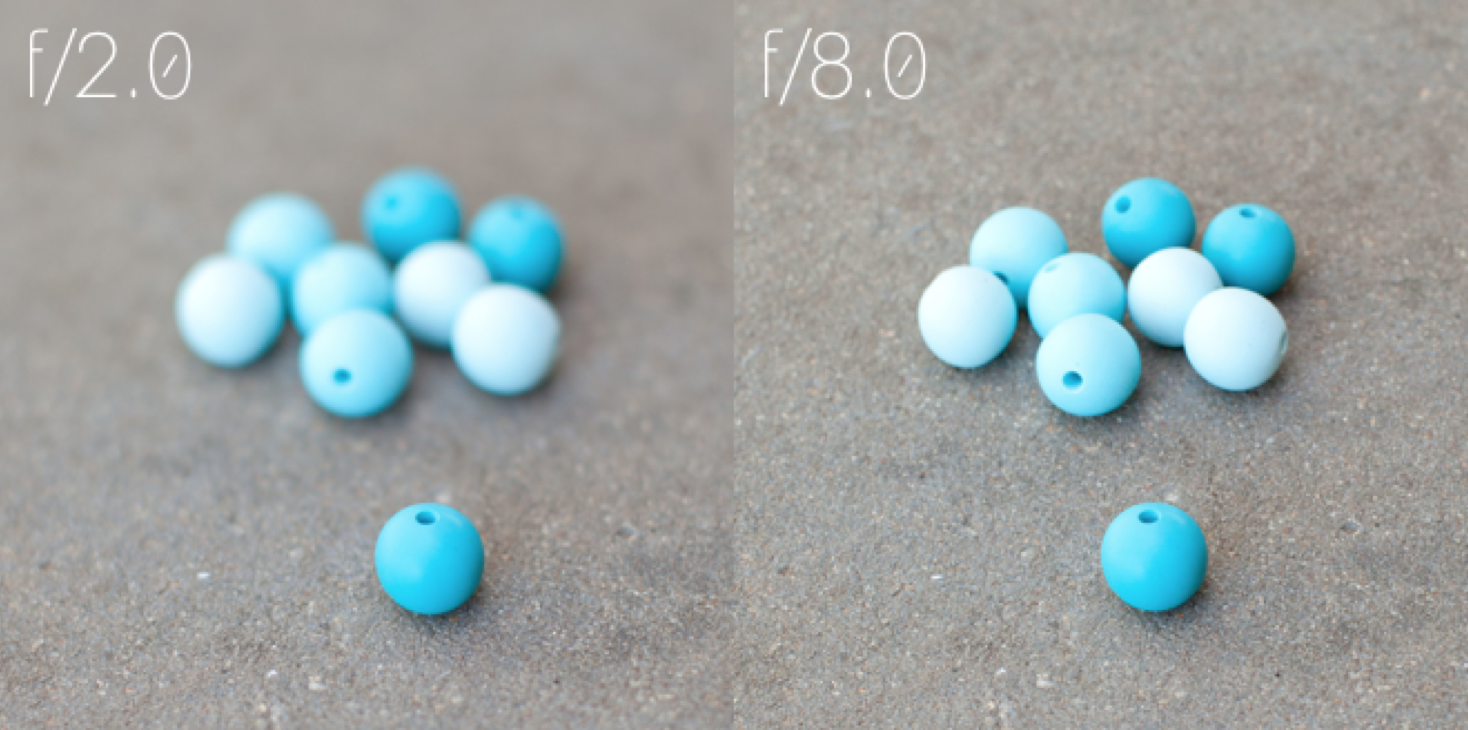
What aperture to use vs. the number of people in the group?
I get asked this question often by people trying to get their camera settings right and choosing the best lens for group photos, and the answer is not what you’d expect!
When you focus on a subject everything to their side is on the same focal plane, and will also be in focus. So this means if you’re taking a large group photo and every person is standing side by side in a straight line, and you were standing directly in front of them, they would all be in focus at a wide aperture. Whether the group was 2 people or 50 people!
The question is not how many people, but how many people DEEP!
Because the issue here is depth not width, or focal plane in photography speak.
In this graphic everyone would be in focus regardless of aperture range because they’re all standing next to each other… ie. on the same focal plane!
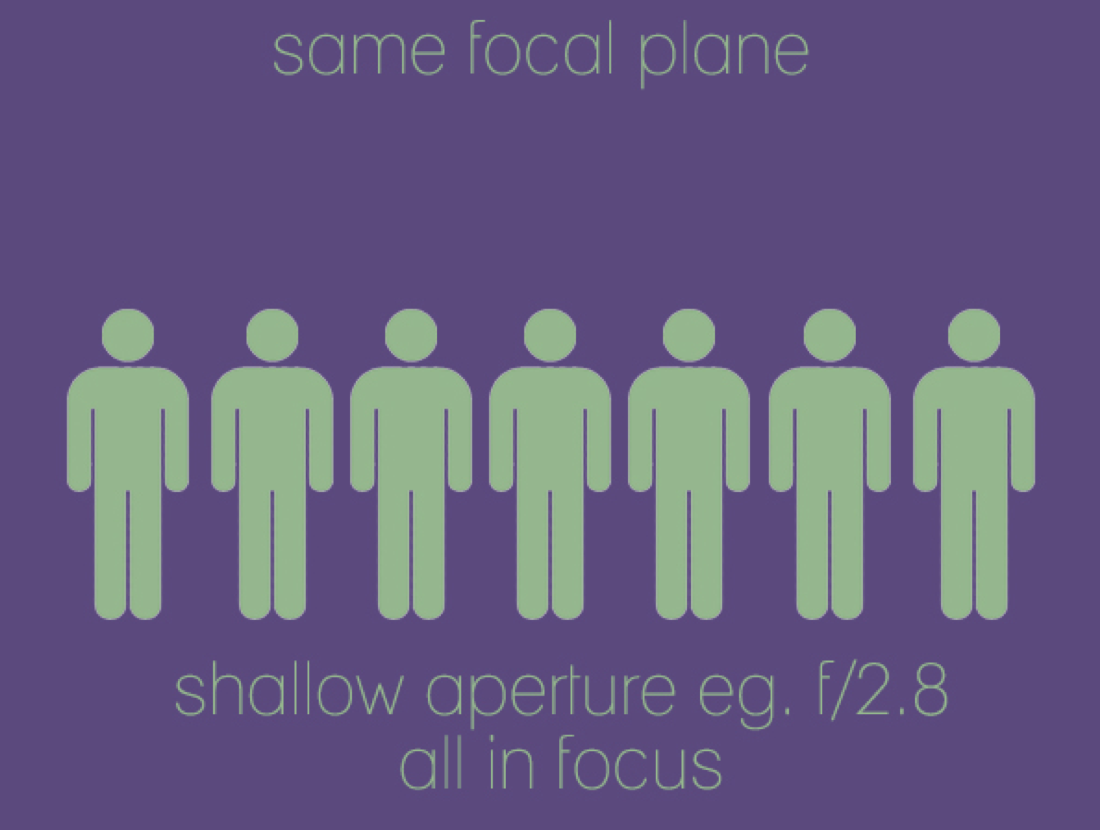
And here’s a real life example… a family of four all sitting pretty much at the same focal plane, shot at f/2.8 and all in sharp focus. This is the perfect hyperfocal distance.

Outside of that focal plane, you will see a gradual reduction in focus, in front and behind the subjects. So when taking photos of groups with people several deep, other than using the best lens for group photos, you also need a deeper depth of field to ensure everyone is in focus from front to back.
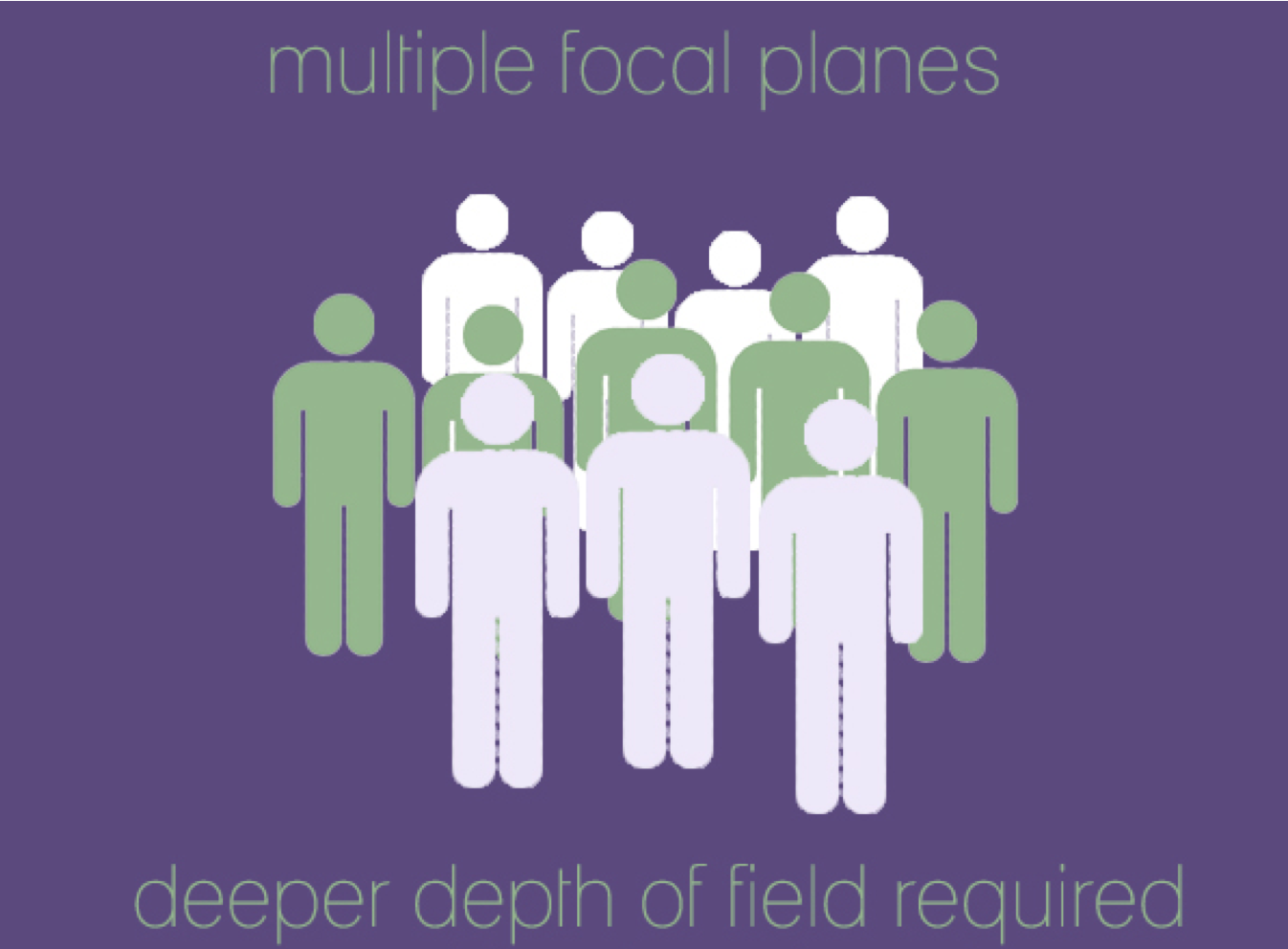
And we adjust that depth of field by closing down the aperture (increasing f stop number). This family was photographed with an aperture of f/5.6 because they’re sitting on roughly 3 separate focal planes. The deeper your group of people, the more depth of field you need to get them all in focus.
Related: Posing Guide for Beautiful Family Portraits
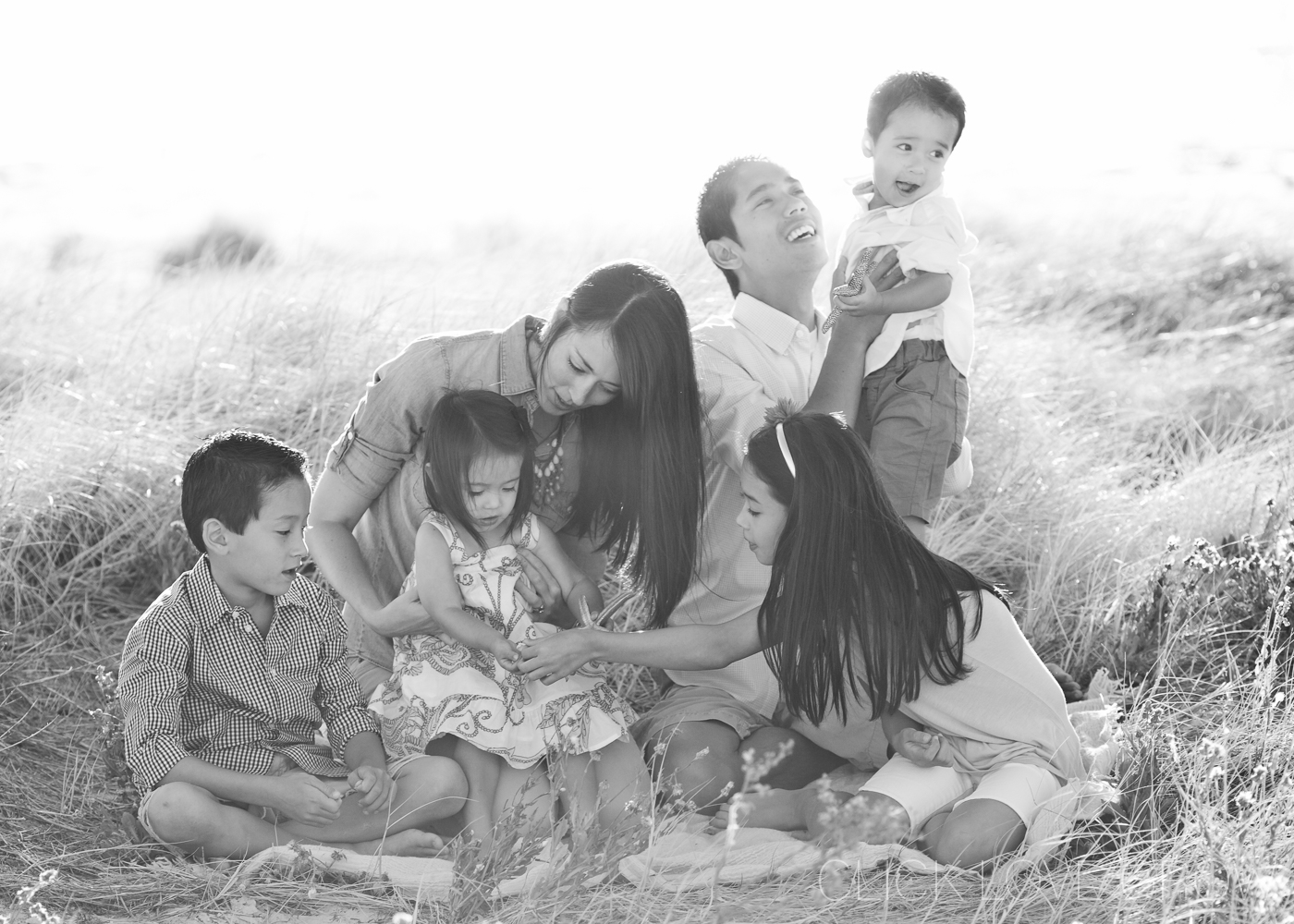
Conversely, this extended family with far more people than the image above, was shot at f/4.5 but everyone is in focus because they’re sitting on just 2 focal planes.
Related: How to Photograph an Extended Family Session
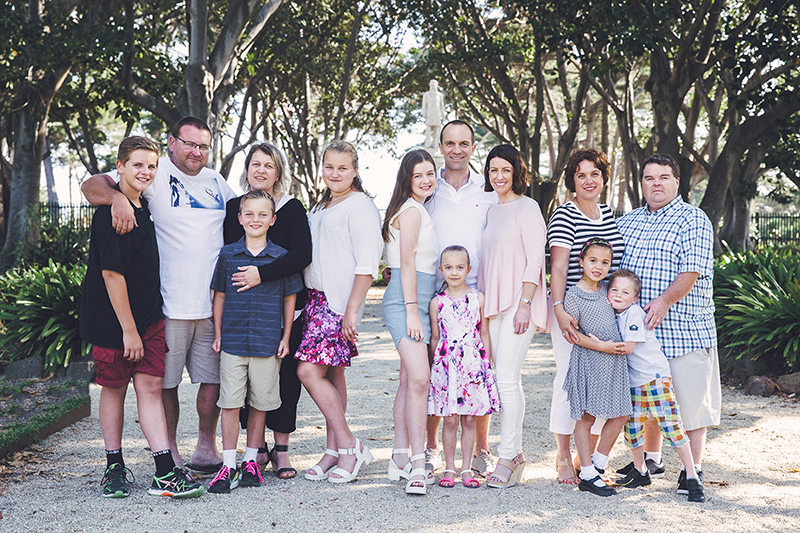
Pam Bradford, CLG Instructor
Camera Settings For Group Photos – Where to Start
In manual shooting, aperture controls depth of field. But it’s also affected by the length between the camera lens and subject, and even your camera model. So to give you an exact f stop that works for every situation would require knowing all those variables each time.
There are depth of field calculators online, however it’s not exactly practical to pause between every shot to calculate!
I personally think it’s easier to simply pick a generous but not over the top aperture, take a shot, zoom in a little on your LCD screen and scroll around to check everyone is in focus.
A Guide On What Aperture To Use
Try these settings as a starting point, and from there you can adjust:
2 people deep / 2 focal planes) – f/4
3 people deep / 3 focal planes) – f/5.6
4 people deep / 4 focal planes – f/7.1
…and so on.
If everyone in the group is not in focus, adjust your aperture to a higher f-stop, and check again.
Pixel Peeping
Don’t be looking for tack sharp faces because once your zoom range is all the way in. you’re in pixel peeping territory, and a loss of sharpness is normal.
Out of focus is different, it looks a little like motion blur.
Even Bigger Groups
Once you start getting into bigger groups of people, say 15-20, you want to try to keep them to 3-4 focal planes so that you don’t have to shoot at apertures that will put the entire scene into focus and thereby lose any bokeh whatsoever!
Related: The Ultimate Lifestyle Photography Guide for Large Families
Who Should You Focus On?
As depth of field recedes in front and behind the point of focus, the best technique is to focus on someone in the middle focal plane.
What Aperture To Keep Your Blurry Background
Now we know that the narrower the aperture, the more our background comes into focus. So how do we get everyone in focus, and still ensure beautiful blurry backgrounds?
Related: How to Get Blurry Backgrounds (even with a kit lens)
Distance between subject and background
Remember we said depth of field is not only affected by aperture, but also by distance between subject and background, and your lens focal length?
So an easy way to get a blurry background is by using a lot of distance between your subjects and the background. In this image below the subjects were about 3-4 metres from the garden behind them.
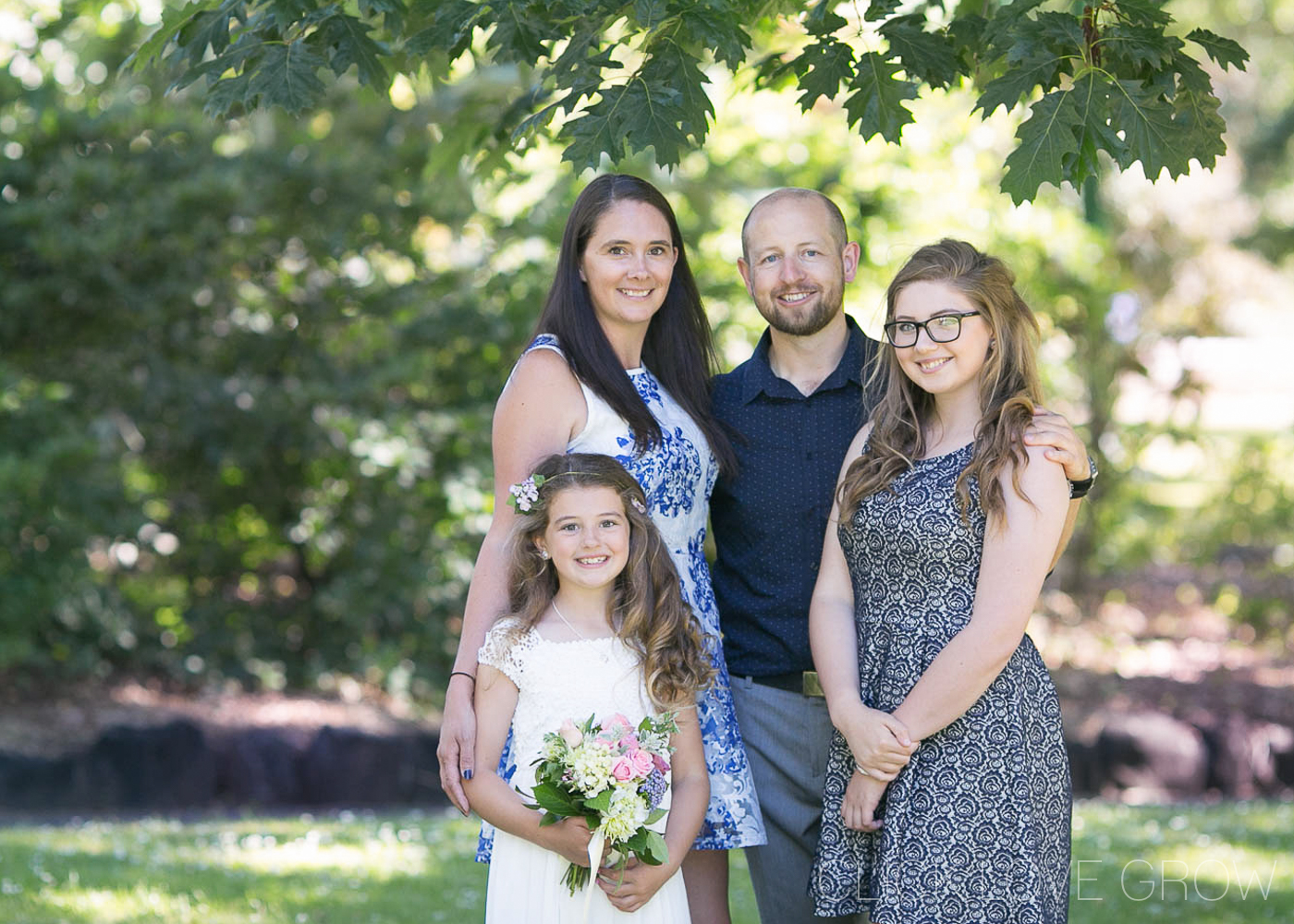
Long Focal Length
The second thing you can do is use longer or prime lenses, because unlike zoom lenses, long focal lengths compress the background. The best lens for group photos in my opinion is a 135 mm. This gives you the ability to capture a larger group without the use of rows.
The image above was taken with my 135mm lens which gave me a beautiful background bokeh.
Related: Lou’s Favourite Lens
In Summary For Photographing Large Groups, and What Aperture To Use
- Use your longest focal length available (the longest zoom)
- Use a suitable aperture based on how many people deep your group is (check everyone is in focus and adjust as required)
- Put lots of distance between your subjects and the background
- The best lens for group photos is a 135 mm when shooting outdoors. Indoors you can also use an 85mm or 50mm lens.
Join my new workshop and learn how to shoot pro-quality photos with your digital camera… and it’s totally FREE to join! Register here…

PRIVACY POLICY & SITE TERMS AND CONDITONS
CLICK LOVE GROW ™ Pty Ltd - COPYRIGHT 2024 ©
x
Join Now
Enter your info below to join the challenge!
Want a friendly reminder when I go live?
Pop in your number and I’ll shoot you a text.
* We will send text reminders for our live calls during the challenge! Reply ‘STOP’ to end or ‘HELP’ for help.
We promise not to ever share your details with anyone or send you spam! Check our privacy policy and terms of service.
Great article and cleared a lot of things up for me! Thank you
Great article! I’m a portrait photographer and I always struggle with wanting to shoot wide open but end up closing down my aperture because I want to make sure everyone is in focus therefore sacrificing some of the bokeh.
On the last photo with the 135mm lens, what aperture did you shoot?
Hi Jody! Lou tells me she took that with her 135mm lens at f/5. She actually has her full settings and setup for that shot and others in her manual settings cheat sheets, which you can get here
https://clicklovegrow.com/manual-settings-cheatsheet
This is so nicely put – thank you
Thank you!! I recently took family pictures and I am blurry in almost all of them (when I am standing behind my husband and son). I couldn’t figure out why, but now I know, I had the camera set at f/1.8 to get my blurry background. Thank you for posting about this!!
This is so helpful. I am a new photographer and have had my camera for 4 years but have been on auto most of the time. I am trying to come out of my shell and get to manual. The more I read the more I am starting to understand about the exposure triangle. Thanks for the tips!
Very laid out tips thank you!
This is so clearly written and easy to understand. Thank you!